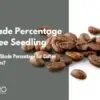Introduction
Sunlight is a vital ingredient for the success of any greenhouse. It fuels photosynthesis, the process that plants use to convert light into energy for growth. But how much sunlight does a greenhouse really need? And can a greenhouse be in the shade? In this comprehensive guide, we’ll delve into these questions and more, providing you with practical tips and insights on managing sunlight in your greenhouse using shade cloth.
The Importance of Sunlight in a Greenhouse
Sunlight plays a crucial role in photosynthesis, the process by which plants convert light into energy for growth. This makes it an essential factor in greenhouse cultivation. But does a greenhouse need full sun? Not necessarily. While sunlight is vital, too much of it can be harmful to plants, leading to issues like leaf burn and overheating. Conversely, a greenhouse in shade might not provide enough light for optimal growth. Striking the right balance is key.
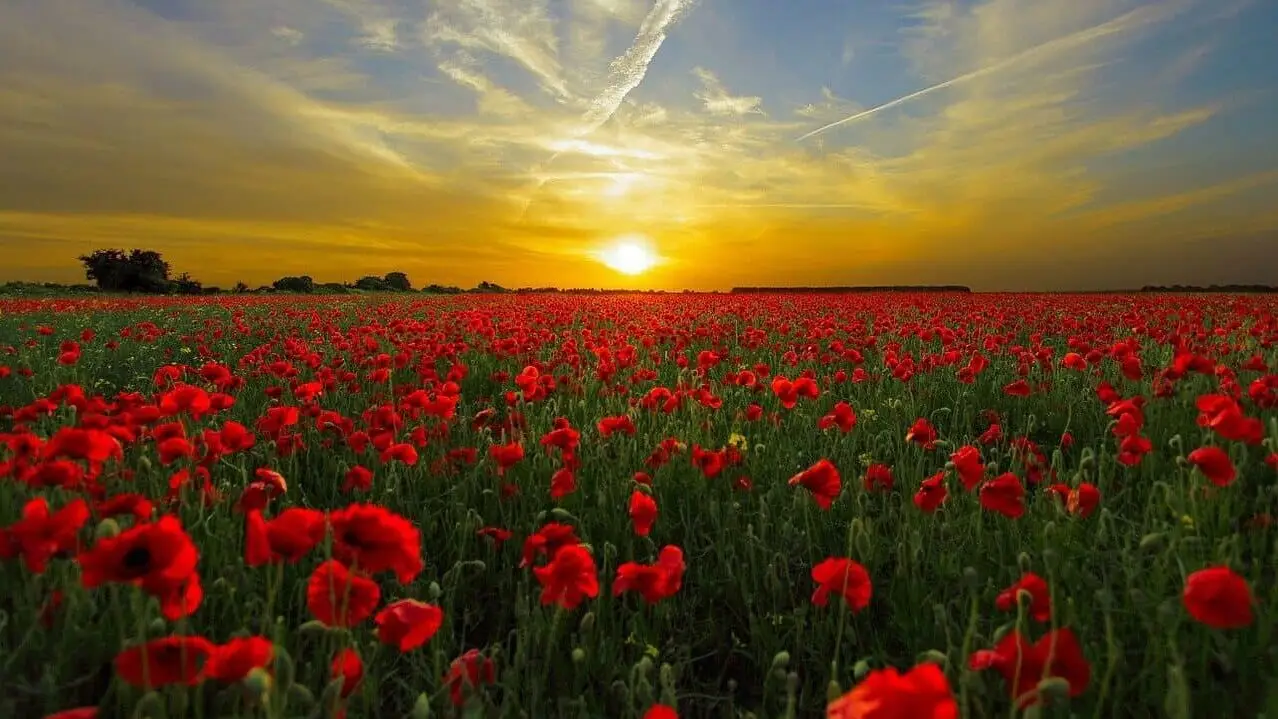
The Effects of Too Much or Too Little Sunlight
Excessive sunlight can lead to overheating, causing stress to plants and potentially damaging them. On the other hand, insufficient sunlight can stunt plant growth and reduce yield. This is why greenhouse shading is so important. It allows for the regulation of sunlight exposure, ensuring that plants get just the right amount of light they need.
Understanding Greenhouse Shade Cloth
Shade cloth is a crucial tool for managing sunlight in your greenhouse. But what exactly is it, and how do you choose the right one for your needs? Let’s delve deeper into these questions.
What is Greenhouse Shade Cloth and What is it Made of?
Greenhouse shade cloth is a woven material designed to filter sunlight and control its intensity. It’s an effective solution for preventing overheating and ensuring your plants get just the right amount of light they need.
Shade cloth is typically made from materials like High-Density Polyethylene (HDPE) or aluminum, both of which offer excellent shading properties.
HDPE shade cloth is durable, resistant to UV rays, and available in various shading percentages.
Aluminum shade cloth, also known as aluminet, reflects sunlight and helps keep the greenhouse cool during the day while retaining heat at night.
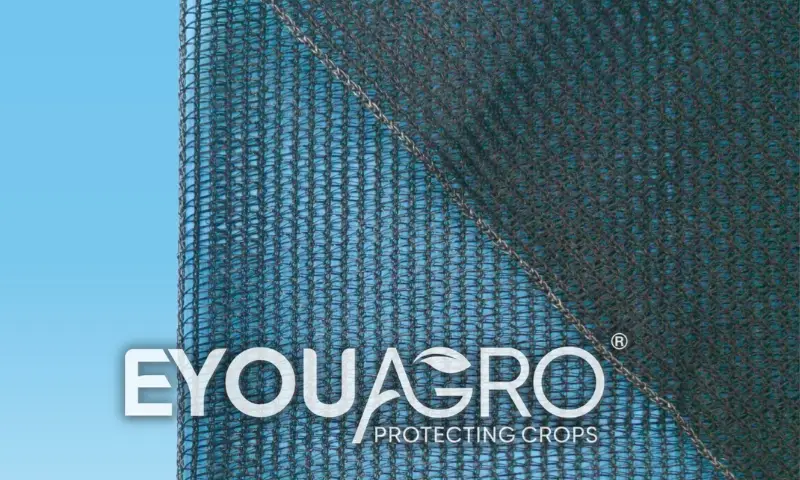
How to Choose the Right Shade Cloth
Choosing the right shade cloth for your greenhouse depends on several factors, including the type of plants you’re growing and their specific sunlight requirements. Different plants need different amounts of sunlight, so the shade cloth you choose should reflect this.
For example, if you’re growing plants like tomatoes or peppers, a shade cloth with a shading percentage of 30-40% might be suitable. These plants require plenty of sunlight, so a lower shading percentage allows more light to pass through.
On the other hand, if you’re growing flowers or other plants that require less sunlight, a shade cloth with a shading percentage of 50-70% might be more appropriate. This provides a higher level of shading, protecting delicate plants from excessive sunlight.
Aluminum shade cloth is a great option if you need to retain heat in your greenhouse overnight. It reflects sunlight during the day to keep the greenhouse cool, then helps retain heat during the cooler night hours.
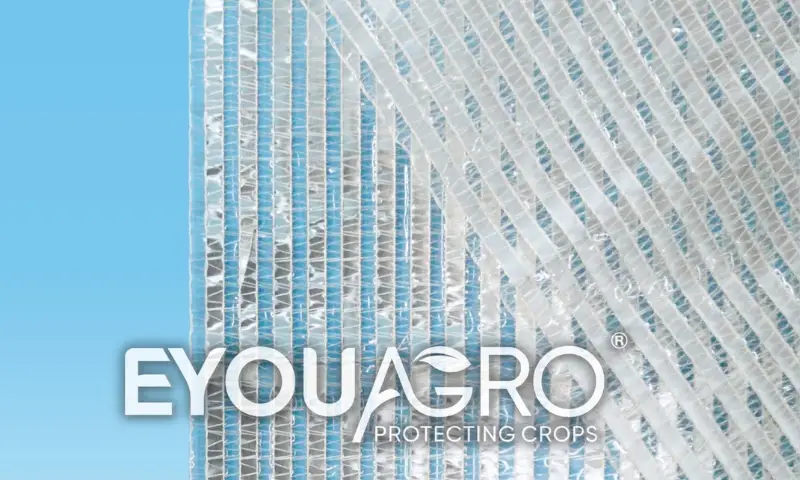
For some plants that require darkness, such as certain types of flowers, a blackout shade cloth might be necessary. This type of shade cloth blocks out all light, allowing you to control the light cycle of your plants completely.
Choosing the right shade cloth is crucial for the success of your greenhouse.
For more information on how to choose the right shade cloth, check out this Greenhouse Shade Cloth Guide.
Installing and Using Shade Cloth Effectively
Installing shade cloth in your greenhouse is a straightforward process. It can be draped over the greenhouse and secured with clips or ties. However, it’s important to ensure that the shade cloth is installed properly to provide effective shading.
Once installed, the shade cloth can be adjusted according to the seasons. In hotter months, you might need more shading to prevent overheating. In cooler months, you might need less shading to allow more sunlight in. Regular maintenance and care for your shade cloth will also ensure its longevity.
For a range of high-quality shade cloth options, visit EyouAgro’s product page.
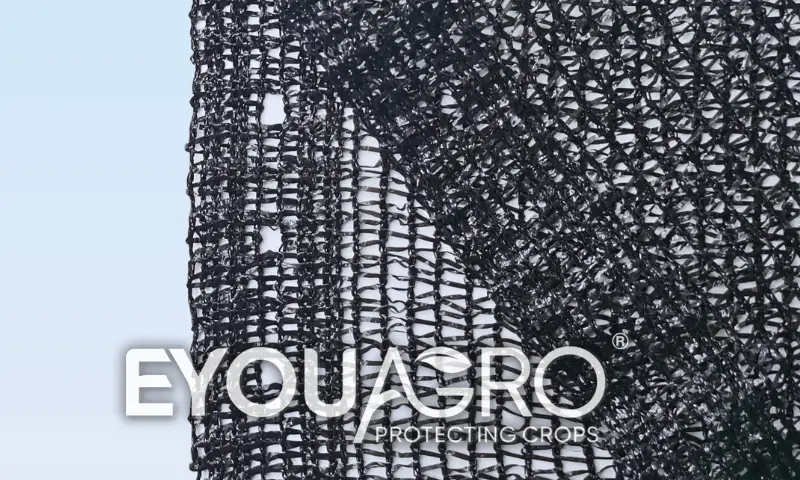
FAQs
- Can a greenhouse be in the shade?
Yes, a greenhouse can be in the shade. However, it’s important to ensure that your plants are still getting enough sunlight for photosynthesis. Using a shade cloth can help regulate sunlight exposure.
2. Does a greenhouse need full/direct sunlight
While sunlight is essential for plant growth, a greenhouse doesn’t necessarily need full/direct sunlight all the time. Too much direct sunlight can lead to overheating and damage to plants. This is where greenhouse shading comes in handy.
3. How can I use shade cloth effectively in my greenhouse?
Using shade cloth effectively involves choosing the right type of cloth, installing it properly, and adjusting it according to the seasons and the needs of your plants. For more information, check out this Greenhouse Shade Cloth Guide.
Conclusion
We’ve journeyed through the critical role of sunlight in a greenhouse and the importance of managing it effectively using shade cloth.
From understanding the effects of too much or too little sunlight to choosing and installing the right shade cloth to make a greenhouse in the shade, effective sunlight management can significantly enhance your greenhouse’s productivity.
If you’re ready to take the next step in optimizing your greenhouse, explore EyouAgro’s range of high-quality shade cloth and accessories.



